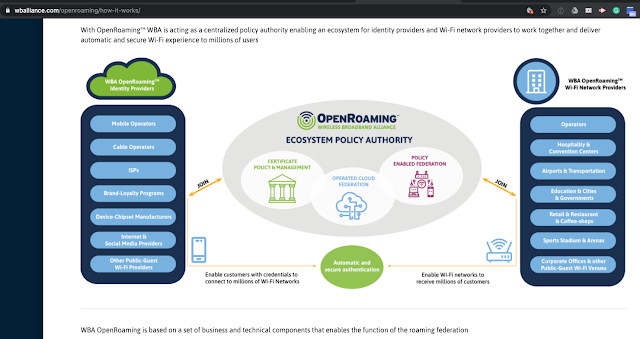Cisco agreed to acquire privately-held ThousandEyes, a provider of real-time visibility tools for the delivery of applications and services over the Internet. Financial terms were not disclosed.
ThousandEyes, which is headquartered in San Francisco, was founded in 2010 by Mohit Lad and Ricardo Oliveira who had worked together during grad school in the UCLA Internet Research Lab to visualize Autonomous System topologies. T
ThousandEyes vantage points around the world perform billions of measurements each day to detect when traffic flows are disrupted within ISPs, public cloud networks and other service providers. This network telemetry data is algorithmically analyzed as part of ThousandEyes’ core Digital Experience Monitoring platform and the macro outages that are detected are displayed on an interactive map as part of ThousandEyes’ Internet Insights offering.
The ThousandEyes platform is used to verify the availability and performance of network-based services (HTTP, FTP, DNS, SIP, RTP) as well as for DNS tracing and DNSSEC validation over the Internet and third-party infrastructure.
Cisco said that bringing together its own strength in network and application performance with ThousandEyes’ visibility into the Internet, customers will now have an end-to-end view into the digital delivery of applications and services over the Internet, allowing them to pinpoint deficiencies and improve network and application performance across enterprise and cloud networks. Cisco will incorporate ThousandEyes’ capabilities across Cisco’s core Enterprise Networking and Cloud, and AppDynamics portfolios to enhance visibility across the enterprise, internet and the cloud.
“I’m excited to welcome the ThousandEyes team to Cisco,” said Todd Nightingale, senior vice president and general manager, Cisco Enterprise Networking and Cloud. “The combination of Cisco and ThousandEyes will enable deeper and broader visibility to pin-point deficiencies and improve the network and application performance across all networks. This will give customers end-to-end visibility when accessing cloud applications, and Internet Intelligence will improve networking reliability and the overall application experience.”
ThousandEyes, which is headquartered in San Francisco, was founded in 2010 by Mohit Lad and Ricardo Oliveira who had worked together during grad school in the UCLA Internet Research Lab to visualize Autonomous System topologies. T
ThousandEyes vantage points around the world perform billions of measurements each day to detect when traffic flows are disrupted within ISPs, public cloud networks and other service providers. This network telemetry data is algorithmically analyzed as part of ThousandEyes’ core Digital Experience Monitoring platform and the macro outages that are detected are displayed on an interactive map as part of ThousandEyes’ Internet Insights offering.
The ThousandEyes platform is used to verify the availability and performance of network-based services (HTTP, FTP, DNS, SIP, RTP) as well as for DNS tracing and DNSSEC validation over the Internet and third-party infrastructure.
Cisco said that bringing together its own strength in network and application performance with ThousandEyes’ visibility into the Internet, customers will now have an end-to-end view into the digital delivery of applications and services over the Internet, allowing them to pinpoint deficiencies and improve network and application performance across enterprise and cloud networks. Cisco will incorporate ThousandEyes’ capabilities across Cisco’s core Enterprise Networking and Cloud, and AppDynamics portfolios to enhance visibility across the enterprise, internet and the cloud.
“I’m excited to welcome the ThousandEyes team to Cisco,” said Todd Nightingale, senior vice president and general manager, Cisco Enterprise Networking and Cloud. “The combination of Cisco and ThousandEyes will enable deeper and broader visibility to pin-point deficiencies and improve the network and application performance across all networks. This will give customers end-to-end visibility when accessing cloud applications, and Internet Intelligence will improve networking reliability and the overall application experience.”

















